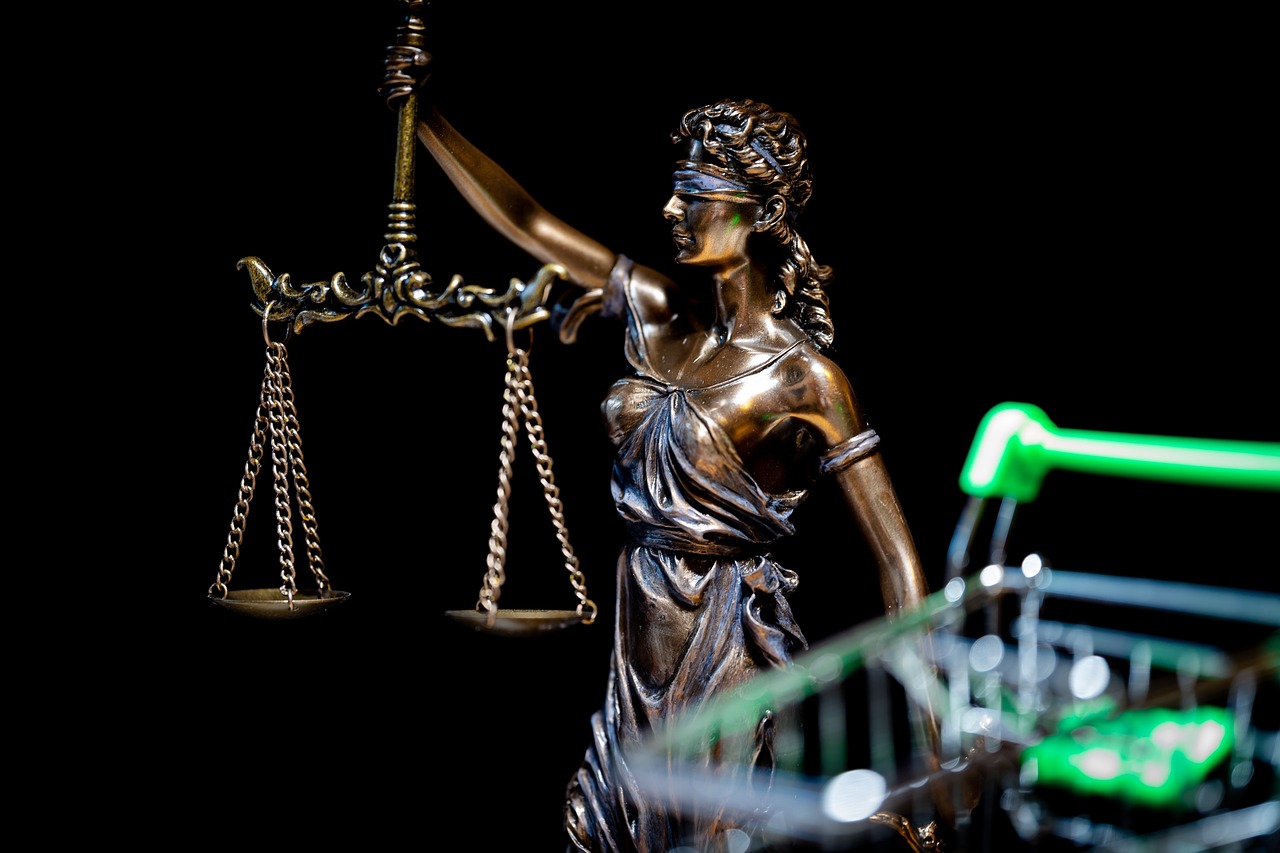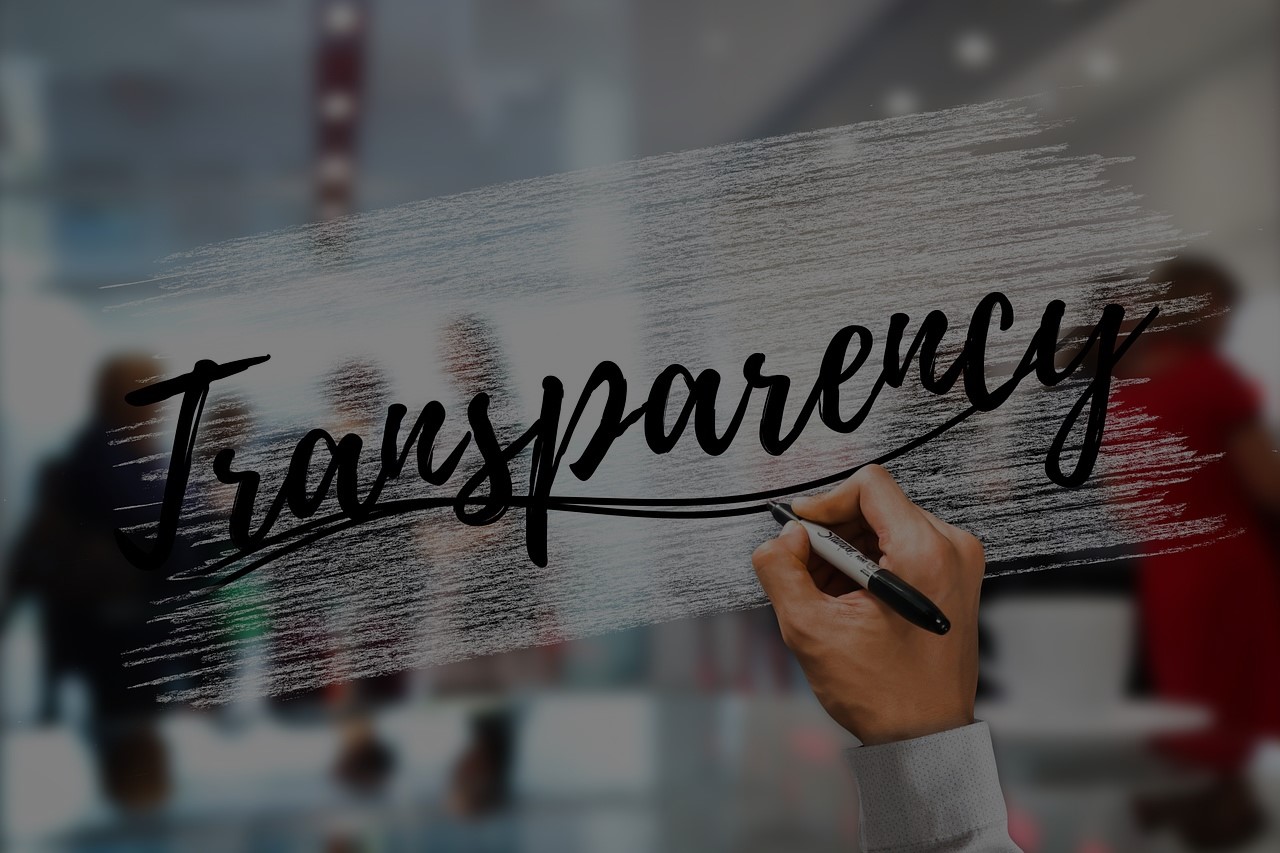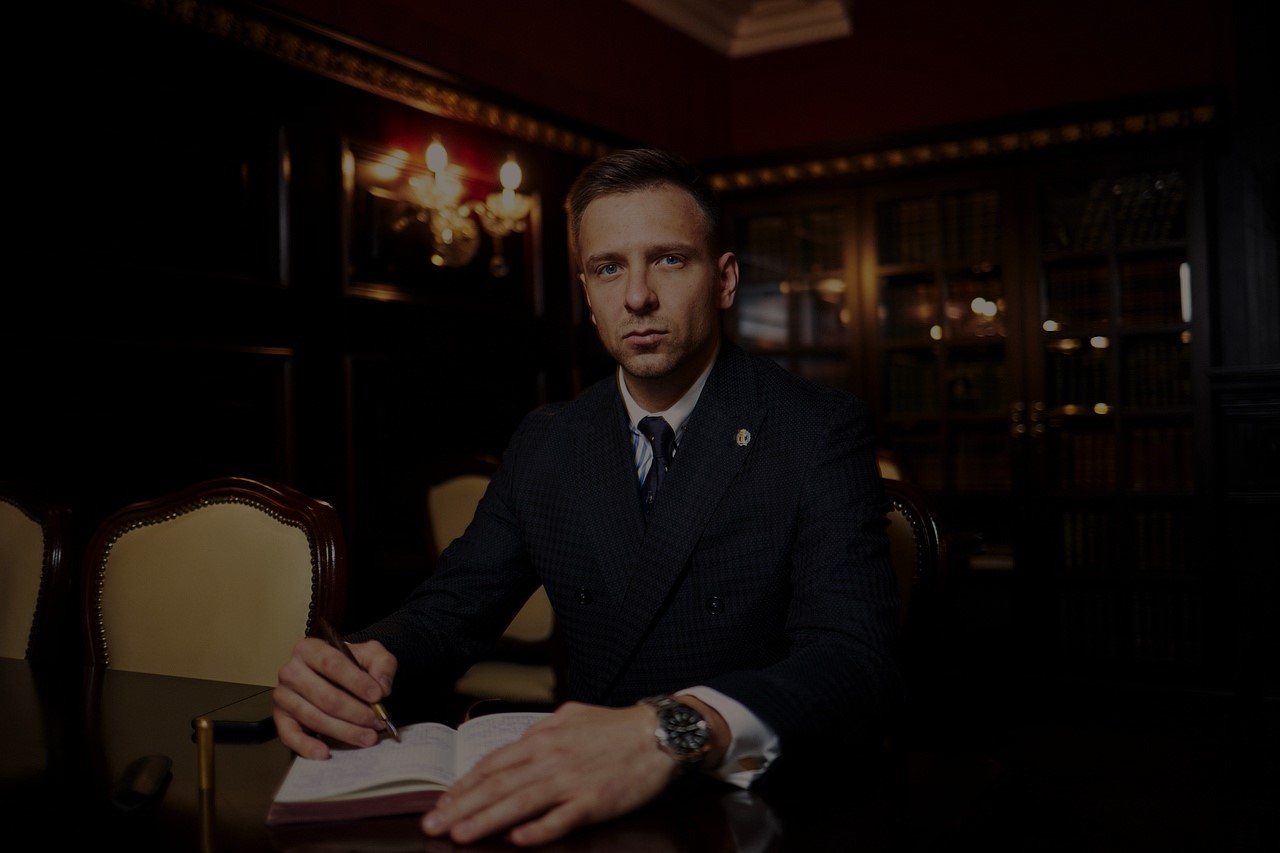The Bronx, one of New York City’s most populous boroughs, is no stranger to the hustle and bustle of urban life. As the third-largest borough in the city, it faces a unique set of traffic challenges. With its dense population, narrow streets, and heavy traffic congestion, the Bronx sees a significant number of traffic offenses daily. Whether it’s speeding, reckless driving, or running red lights, these violations have become an ongoing issue that not only causes inconvenience but also puts public safety at risk.If you want to learn more Get legal help.
One of the most common traffic offenses in the Bronx is speeding. With a population of over 1.4 million people, the Bronx experiences heavy traffic throughout the day. However, many drivers often choose to exceed speed limits, especially on roads with fewer traffic signals or during off-peak hours. This reckless behavior can lead to dangerous situations, as speeding reduces reaction times, making it harder for drivers to respond to sudden changes in traffic patterns or obstacles. In fact, speeding is often cited as a contributing factor in many accidents across the Bronx.
Another frequent traffic violation that occurs in the Bronx is running red lights. This offense has become a serious concern in many urban areas, and the Bronx is no exception. With its complex intersections and high volume of vehicles, the temptation to run a red light can be irresistible for some drivers looking to avoid delays. However, running red lights can have catastrophic consequences. Not only does it endanger the driver and their passengers, but it also puts other drivers and pedestrians at risk. The Bronx, with its diverse mix of commuters and pedestrians, is particularly susceptible to the dangers posed by this violation.
Reckless driving is another traffic offense that is prevalent in the Bronx. In a borough where traffic congestion is a daily occurrence, some drivers engage in dangerous behaviors such as tailgating, weaving between lanes, or failing to yield the right of way. These reckless actions often result in accidents, with some of them being fatal. Despite the traffic enforcement efforts in the Bronx, reckless driving remains a persistent issue. Authorities have attempted to curb this behavior with increased patrols, but the problem persists due to the constant pressure to navigate the city’s busy streets.
Distracted driving has also become a growing problem in the Bronx, particularly with the rise of smartphone use. Many drivers are seen texting or checking social media while behind the wheel, which significantly impairs their ability to react to traffic conditions. This issue has led to a rise in accidents involving pedestrians, cyclists, and other vehicles. The dangers of distracted driving are well-documented, and as more people rely on their mobile devices for communication, it is essential to raise awareness about the risks associated with this behavior.
In addition to these common traffic offenses, parking violations also contribute to the traffic problems in the Bronx. Illegal parking is a frequent issue in densely populated areas, where parking spaces are limited, and drivers often park in no-parking zones or double-park. This not only causes traffic congestion but also blocks emergency vehicles from accessing certain areas. While parking violations may seem less serious than speeding or running red lights, they still contribute to the overall traffic issues in the borough and can exacerbate existing problems.
The Bronx has been working on various initiatives to address these traffic offenses and improve safety. For instance, the introduction of speed cameras and red-light cameras has helped reduce instances of speeding and running red lights. These automated systems capture violators and issue fines, which not only discourage dangerous driving but also generate revenue for further safety improvements. In addition, local law enforcement agencies have increased patrols in high-risk areas, especially during peak hours when traffic violations are more likely to occur.
Despite these efforts, however, traffic offenses continue to be a major issue in the Bronx. One of the challenges in curbing these violations is the sheer volume of traffic in the borough. The Bronx serves as a major transportation hub, connecting Manhattan, Queens, and the rest of the city. With so many people relying on personal vehicles, public transportation, and ridesharing services, the streets are often crowded, and driving behavior can become more erratic. Moreover, as the borough continues to grow in population, the demand for better transportation infrastructure and more effective traffic enforcement becomes even more urgent.
In response to this growing issue, city officials and community organizations have begun to advocate for better public transportation options. By improving the availability and reliability of buses, subways, and bike lanes, officials hope to reduce the dependence on personal vehicles, thereby decreasing traffic violations in the Bronx. Additionally, initiatives such as improved pedestrian infrastructure and safer crossings for cyclists aim to create a more balanced transportation ecosystem that prioritizes safety for all road users.
Another possible solution to reduce traffic offenses in the Bronx is the implementation of more comprehensive driver education programs. These programs could focus on safe driving practices, the dangers of distractions, and the importance of obeying traffic laws. By educating drivers early and consistently, it is possible to foster a culture of responsibility and safety on the roads.
While traffic offenses in the Bronx remain a significant challenge, ongoing efforts to address these issues provide hope for a safer and more efficient transportation system. With continued investment in enforcement, infrastructure, and education, it is possible to reduce the frequency of these violations and improve the quality of life for Bronx residents. The key to success lies in balancing the needs of drivers, pedestrians, and cyclists while ensuring that everyone follows the rules of the road. By working together, we can make the Bronx a safer place for all who live, work, and travel here.



